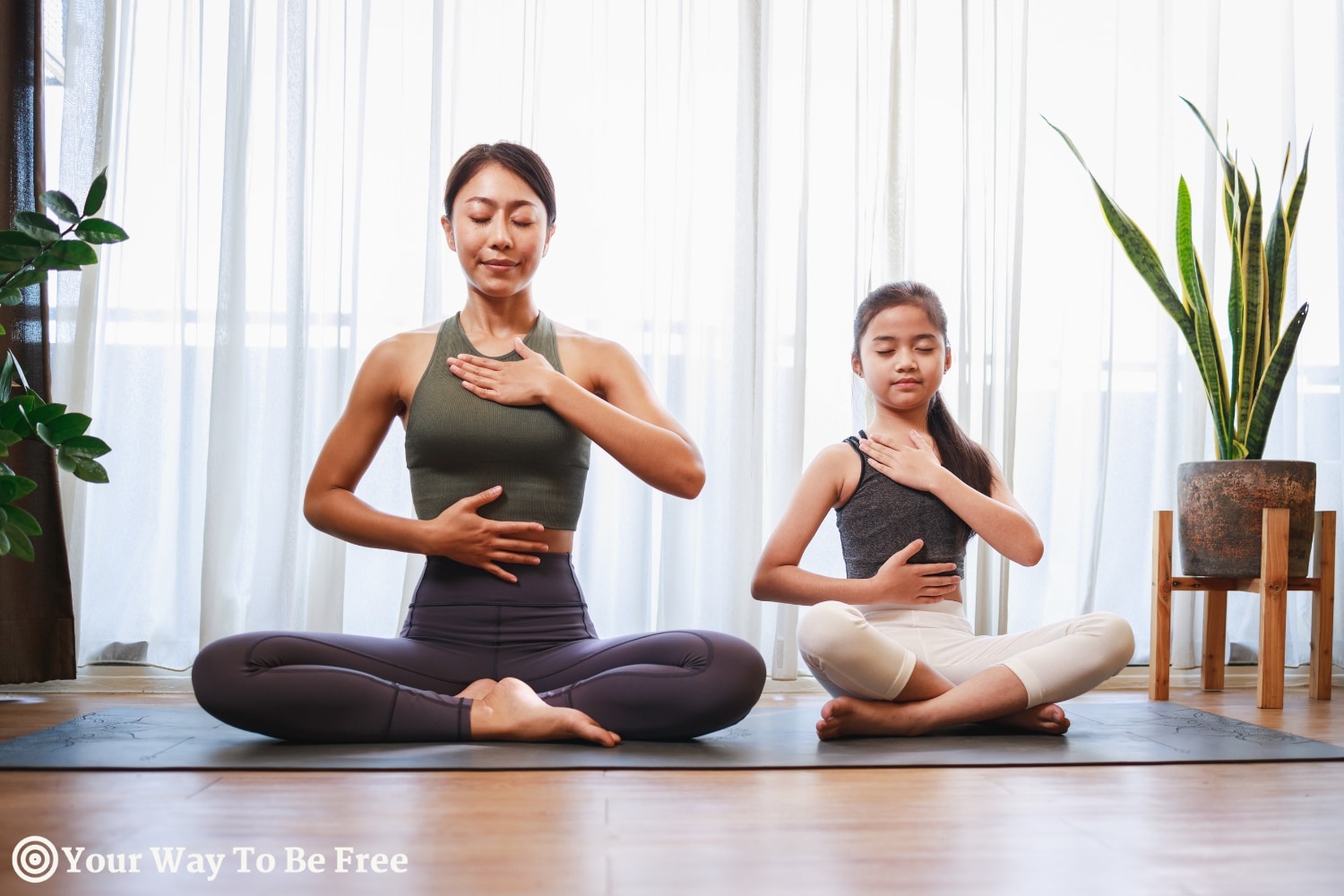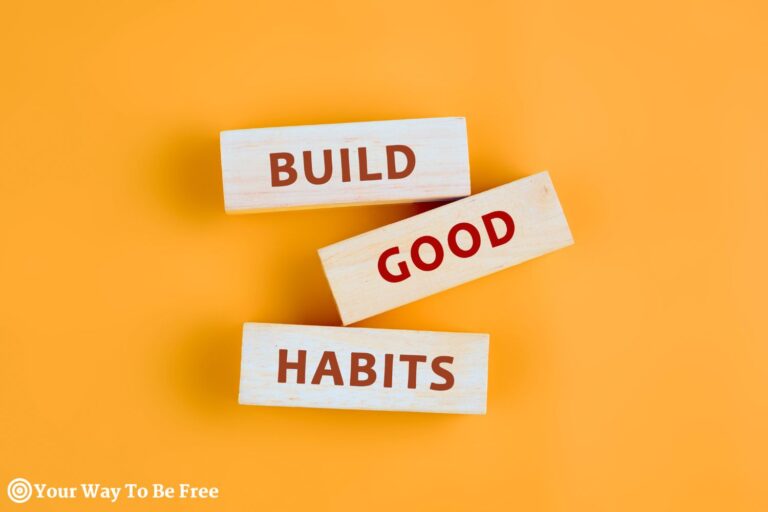Why are meditation and mindfulness becoming increasingly popular today and why is it so important for children? My view is that people are coming to recognise the need to pause, be still and take the time to breathe. It allows us to benefit from a state of peacefulness and silence that enables us to lead more manageable and meaningful lives. Meditation is particularly important for children due to the increasing demands from our competitive educational system, the pressure to participate in extra-curriculum activities, the increasing use of technology and social media, the pressure to conform and living in the stressful environment of our fast-changing world.
The practice of meditation provides children with the opportunity to experience quiet time and a space to be still and reflect. Stillness is a state of being that allows us to connect to our deepest essence. It is equal to a state of silence from which “one can gradually open to the higher regions of the mind and learn to record the inspirations that come from there.’ ¹
Meditation and mindfulness exercises help children learn how to breathe and provide techniques for reducing stress, building confidence and wellbeing, increasing creativity and self-healing. Once children have learned the basics of meditation they have a tool that they can continue to use during their teenage and adult years that will help them step away from the busyness and pressures of everyday life and develop a connection to their own inner world and what is important to them.
This article briefly describes meditation and mindfulness, outlines the benefits of introducing children to meditation, and looks at changes in our educational system to support meditation and new initiatives in schools aimed to increase the wellbeing of children.
Meditation and Mindfulness
Meditation has been described as
“deep and continuous thought that allows us to travel inward to reflect on sacred matters. The act of meditation can cause our brain waves to slow down to such a degree that we are able to use more of our mind. This action, once achieved, allows us to reflect on the inner aspects of mind. Deeper meditations connect us to the spark of the Divine and the Light within”. ²
There are five stages of meditation that consist of Concentration, Meditation, Contemplation, Illumination, and Inspiration. ³
This article considers the first two stages of Concentration and Meditation. Once the seeds of meditation have been planted, there is an opportunity for children to benefit from the later stages of Contemplation, Illumination and Inspiration.
Concentration (from the Latin “contrare” meaning bringing together of a common centre or focal point) is the practice of gaining control of the mind. It is the gathering together of wandering thoughts and ideas and holding the mind firmly, focusing on the object of immediate attention. One effective way to learn to concentrate is to replace unwanted thoughts with new thoughts and a fresh focus of attention.
According to Marguerite Smithwhite (see below), “the greatest secret for practising meditation is not to struggle with the mind in order to quieten it, but to USE it. The unruly mind becomes quite happy and cooperative when it has a task to perform…When the mind is set to concentration on a single theme its unruliness disappears and it is being disciplined in the most natural way of all. ” 4
Meditation is the prolonged holding of attention in a certain area. ”The mind remains focused and is continually active throughout the meditation period.” 5 During meditation, we notice any thoughts that may arise in our minds and let them go rather than trying to make the mind blank. During meditation, we may receive impressions from the Higher Self, direct to the physical brain, via the mind.
In my experience, both Concentration and Meditation can be developed by being mindful of the breath and by using visualisation techniques. By focusing on the action of breathing, all the attention is brought to the rhythm of the breath and to the present moment. The guided visualisation exercises help to sustain and prolong mind control by bringing in new pictures and ideas rather than letting the mind wander.
Imagination is an important tool for developing creativity as it “links with sensation, feeling, thinking and also intuition” 6. Using imagery is the best way to train creative imagination and promote intuitive thought (see below). Imagination can be used to help with facing difficult situations. By seeing ourselves go through a situation successfully, we can learn to eliminate fear and anxious anticipation. Negative emotions can then be replaced with a positive attitude.
Mindfulness is the bringing of attention to the present moment without any judgement. Focusing on the breath at the beginning and during meditation helps children to experience mindfulness meditation. This practice can be extended to many other activities such as walking, gardening, cooking and eating by giving full attention to the activity and present moment.
Benefits of Meditation
There are many benefits to the regular practice of meditation including reduction of stress, increased creativity and imagination, better focus and sleep and improved mind health.
The main benefits for teaching children to meditate include:
Stress Reduction
Meditation can help children learn to deal with stress and other mental and emotional issues by providing ‘quiet time’ and the opportunity to journey inwards and discover inner stillness and peace. Being mindful of the breath and noticing the rhythm of the inhalation and exhalation allows the mind and body to pause and refresh.
Regular practice may encourage children to seek ‘quiet time’ in a specially designated area of their choosing at home or outside in nature, away from technological devices, TV and other distractions. If schools set up quiet rooms or meditation areas in the school, then children can visit it at break or lunchtime to take a few peaceful moments in their busy schedule. The rooms could be decorated with beautiful art and meaningful objects.
Finding this time will be helpful throughout their lives as it provides them a space to have silence and peace and allows them to reflect or seek inner wisdom to help face life’s many challenges.
Improving self confidence and self-healing
Some children are shy and prefer not to answer questions out loud in class or share information in social situations. Giving children quiet time for reflection may provide the more reserved children with a more comfortable environment to think through questions and find their own answers.
In addition, through meditation, children can learn methods to deal with anxiety, fears, feeling low, sad and unloved. Special exercises for example invoking their higher self or a guardian angel can helps to increase their self-esteem, confidence and wellbeing. Self-healing skills include the visualisation of a golden white light directed to any parts of the body that need healing or immersing oneself in magical water.
Affirmations are also important for creating belief in oneself and setting intentions to heal or overcome fears.
Creative Imagination
Children’s imagination can be kindled using creative imagery. Childhood is a special time before the self-consciousness of puberty kicks in. It is a time when children’s imagination has no boundaries and they can explore their innate sense of wonder.
Exercises that help children visualise and meditate upon the natural world, for example imagery including animals, fish, birds, mountains, sea, forests, jungles and the different seasons, may help to develop their creative abilities. Another use is for the child to visualise going through a performance in their mind, before competing or performing or taking an exam to help reduce stress or panic and improve self-confidence and the performance itself. It is helpful to practice a visualisation exercise before an art, music or dance class or creative writing class to expand creative abilities.
According to Marguerite Smithwhite when meditation is immediately followed by drawing or painting it has the added value of the visual appearance on paper of the “most unexpected forms of beauty, indicating to the performer great unsounded depths and abilities within…”
Benefits to Parents and Teachers
Meditation exercises may benefit the teachers, parents, carers, family and friends who instruct children in this practice. Through instructing and teaching the children, the practical benefits of meditation such as improved mental and emotional wellbeing may be experienced and incorporated into their lives. In addition, by practising meditation together, special time may be shared between parents, family and children.
It may increase understanding and build closer bonds between them. Teachers who incorporate meditation into the class schedule may find that their relationship with the children improves and there is more trust between them.
Developments in our Education System
When working with children it is vital to acknowledge the different stages of children’s development. In their more emotionally focused state, children are more in touch with the magical qualities of their inner and outer world. Meditation gives them space to explore their feelings and senses and expand their imagination before they embark on their teenage years. It provides them with the opportunity to discover their uniqueness and their own special gifts to work on and develop as they grow into adults.
There are schools and educational programmes such as the Steiner Waldorf educational system that recognise the importance of working in harmony with the different phases of children’s development.
Our educational system has focused on developing the intellect of children at the cost of developing their intuition, creativity and imagination. There is a need to redress the balance of our education system from its emphasis on so called ‘left brain’ activities such as logic, analytical thought, science, maths and reasoning to ‘right brain’ activities such as insight, intuition, creativity, arts appreciation and imagination. A more equal balance between both types of activity is required.
Marguerite Smithwhite wrote that throughout the centuries, the so called benefits of education has produced a ‘huge majority of takers’ and a small minority of ‘givers’. However, “inside every single human being there is something unique that he [or she] could give to the evolution of humanity”. Her aim is that children realise that the greatest joy is to radiate the gift of peace and love to other people and even to the whole world.
The movement towards outdoor or forest schooling where children learn outside in forests and woodlands has many positive benefits including improving wellbeing, developing imagination and building confidence. Meditations that including imagery focused in the natural world inspire interest in their environment and bring children closer to nature.
Incorporating daily meditation practice into home and school routines helps to support the emotional, mental and spiritual development of children. Now is the time to give children back their childhood and guide them to develop into conscious, clear thinking and healthy individuals with loving hearts and well balanced minds.
1 The Mother, On Education
2 Dr Norma J. Milanovich and Dr Shirley D. McCune, The Light Shall set you Free by, p 279
3 Alice Bailey, From Intellect to Intuition p99
4 Marguerite Smithwhie, Children’s Art Through Medication, p5
5 Ibid, p109
6 Michal J Eastcott, The Silent Path, p62
Notes:
Michelle Sorrell
Author of ‘The Wonder of Stillness, Meditation for Children, A Practical Guide for Parents and Teachers;
ISBN 0781916099517. For more information see www.wonderofstillness.com
Michelle is offering a special price of £5 per book or £8 for 2 books in the UK (including P&P). For overseas purchases, a 50% discount is available plus P&P.
Please contact Michelle at wonderofstillness@gmail.com or +44 7951 958 176 for more information or to order a copy.







